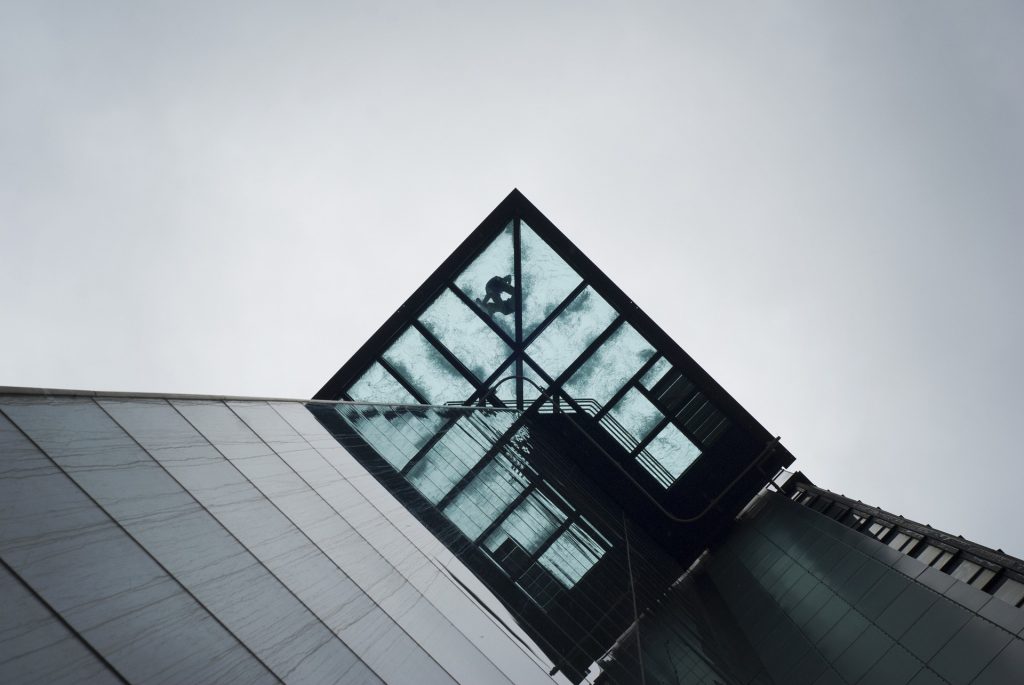
Lift maintenance is one of the things that are easy to overlook. Nevertheless, there are several benefits to managing it properly. Such benefits include a longer useful life of the lift, better efficiency and improved safety.
Here are a few of the most frequently asked questions we get:
Is there a legal obligation to perform regular lift maintenance routines?
Briefly put, yes, there is. However, the legislation is not crystal clear when it comes to potential legal liability. For lifts installed in domestic buildings two documents, PUWER (The Provision and Use of Work Equipment Regulations) and LOLER (The Lifting Operations and Lifting Equipment Regulations) apply. As the lift is assimilated to work equipment, The Lift Owner has the legal obligation to do everything it takes to ensure the lift is safe at all times. What if the lift isn’t deemed to be part of the work equipment? Who decides upon this? Is the lift owner accountable for lift accidents caused by the lack of proper maintenance? Your lift maintenance company should be on top of this legislation.
When applying either PUWER or LOLER, we can see that these documents don’t hold private lift owners responsible for lift maintenance, since their lifts are used mainly by the public, rather than as part of a work process. However, lift owners are responsible for the safety of persons other than their employees, as per The Management of Health and Safety at Work Regulations. For instance, wherever the managers of a building hire cleaners, everything on the premises becomes work area, and therefore these managers have a legal duty of care to perform lift maintenance to meet the current safety standards.
What is a good frequency of lift maintenance works?
There’s no such thing as an optimal lift maintenance frequency. This depends on the number of lifts on your premises, the number of floors they serve, and the average number of people using them. For more details on the ideal maintenance schedule, you should seek for advice from your lift provider. At the same time, you should keep in mind that regular servicing of your lift is extremely likely to help you keep your maintenance costs down in the long run and even on medium term.
What happens during a lift service visit?
During regular maintenance checks, a team of technicians will check all safety features on your lift. They will clean, lubricate and adjust all mobile components, in order to ensure your lift runs smoothly. The team will record all works carried out and make recommendations for additional repair or improvement works that aren’t part of the regular maintenance routine. The customer must check this service report and sign it.
What if the lift breaks down with people inside?
The lift car should have an emergency telephone for trapped persons to be able to ask for help. All reliable lift service providers should consider dealing with trapped persons a top priority and should make a 24/7 all year round emergency service available.
All lifts installed after 1997 must comply with the European Lift Directive, which includes the existence of an emergency communication system. For previously installed lifts, there’s a newer European Standard dating from 2003, that applies. This standard consists from an exhaustive list covering 74 recommendations for improving the safety of old lifts. The provision of an emergency communication system (as is reasonably practical) is part of this list. This makes it almost mandatory, as in most cases it is reasonably practical to offer one.